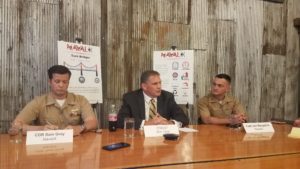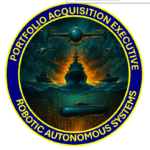
The Naval Expeditions (NavalX) office is starting five regional “tech bridges” to further encourage collaboration and connections between different Navy and private sector groups, the service said Tuesday. The Navy said these tech bridges aim to “connect, reinforce, and sustain acceleration ecosystems in off-base locations across the [Department of Navy] enabling greater collaboration with non-traditional partners.” These first centers will be located in Newport, R.I; Keyport, Wash.; San Diego; Orlando, Fla.; and Crane, Ind. Assistant Secretary of the Navy for…

 By
By 











